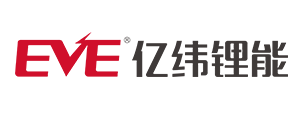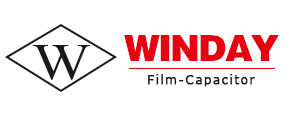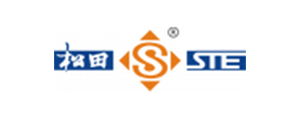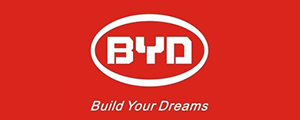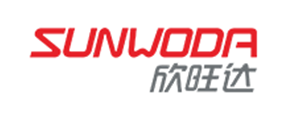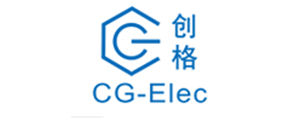As global demand for advanced electronics accelerates—from electric vehicles (EVs) to 5G and AI—wire bonding equipment has emerged as a critical component of semiconductor manufacturing. Once considered a mature technology, wire bonding is now evolving rapidly to meet the needs of high-performance, miniaturized devices and advanced packaging techniques.
In this article, we examine the key trends shaping the wire bonding equipment industry, covering technology shifts, market dynamics, automation, and emerging opportunities.
1. Market Growth & Regional Dominance 🌍
The wire bonding equipment market is experiencing strong growth, particularly in the Asia-Pacific region, which accounts for over 50% of global demand. Countries like China, Taiwan, South Korea, and Japan dominate due to their extensive semiconductor manufacturing infrastructure.
North America and Europe are gaining traction, supported by strategic investments in domestic semiconductor capabilities and increased demand from the automotive and aerospace sectors. The overall market is projected to grow at a CAGR of 7–12% through 2030.
2. Automotive & EV Sectors Drive Equipment Demand
The rise of electric vehicles and ADAS (advanced driver-assistance systems) is propelling the use of wire bonding equipment in power electronics and battery systems. Automotive applications now represent one of the fastest-growing segments for wire bonding, with a CAGR near 10%.
As EVs require higher reliability and thermal performance, bonding machines are adapting to accommodate new substrates and high-power ICs used in vehicles.
3. Shifts in Wire Types & Bonding Techniques
Modern wire bonding equipment must handle various bonding materials and methods. Key trends include:
- Copper wire bonding replacing gold due to cost-efficiency and electrical performance.
- Dominance of thermosonic bonding (~55% market share), with thermocompression na ultrasonic bonding gaining popularity for advanced applications.
- Stud bump bonding is growing in relevance, especially for flip-chip and 3D IC packages.
These advances demand highly flexible and precise bonding systems.
4. Automation & Industry 4.0 Integration
Today’s wire bonding equipment is smarter, faster, and more connected. Automation is being driven by:
- AI/ML-enabled systems for predictive maintenance and yield optimization.
- Integration with smart factory platforms and real-time monitoring.
- Remote diagnostics and cloud-based process controls.
This move toward intelligent manufacturing is especially critical for high-volume fabs and OSATs (Outsourced Semiconductor Assembly and Test companies).
5. Competitive Landscape & Industry Players
Leading wire bonding equipment manufacturers include:
- ASMPT (ASM Pacific Technology)
- Kulicke & Soffa
- Shinkawa Ltd.
- West Bond Inc.
- Palomar Technologies
These companies are heavily investing in R&D, developing next-generation equipment that supports fine-pitch bonding, higher throughput, and hybrid bonding formats.
6. Advanced Packaging & Hybrid Bonding
While wire bonding remains essential, it’s increasingly being integrated into advanced packaging workflows alongside flip-chip and thermocompression technologies.
Hybrid bonding systems—combining multiple bonding techniques within one platform—are becoming more common. These support the development of 3D ICs, system-in-package (SiP) solutions, and high-performance computing (HPC) devices.
7. Challenges in the Wire Bonding Equipment Market
Despite growth, several challenges persist:
- High capital and maintenance costs of advanced wire bonding machines.
- Skilled labor shortages for operating and maintaining complex equipment.
- Raw material price fluctuations (especially gold and copper).
- Supply chain uncertainty and geopolitical trade tensions impacting semiconductor equipment exports.
Vendors are mitigating these issues through modular designs, localized support, and training programs.
8. Sustainability & Future Materials
Eco-conscious design is influencing next-gen wire bonding equipment. Manufacturers are developing:
- Energy-efficient bonders with low thermal load.
- Equipment capable of handling compound semiconductors (e.g., SiC, GaN).
- Support for emerging applications such as flexible electronics and photonics.
As sustainability becomes a priority across tech industries, equipment vendors are aligning with green manufacturing goals.
🔮 Outlook: The Future of Wire Bonding Equipment
The wire bonding equipment industry is poised for sustained expansion, with continued innovation in:
- Hybrid and fine-pitch bonding systems
- Automation and smart factory integration
- Advanced packaging support
As wire bonding remains a cost-effective and reliable interconnect method, its role in semiconductor back-end assembly will continue to grow—especially in emerging tech sectors like EVs, AI processors, and 5G infrastructure.
Final Thoughts
Whether you’re a semiconductor manufacturer, investor, or OEM, keeping a pulse on wire bonding equipment trends is essential. With innovations spanning materials, machine intelligence, and packaging formats, the industry is transforming rapidly—unlocking new possibilities for performance, scalability, and cost-efficiency in modern electronics.

